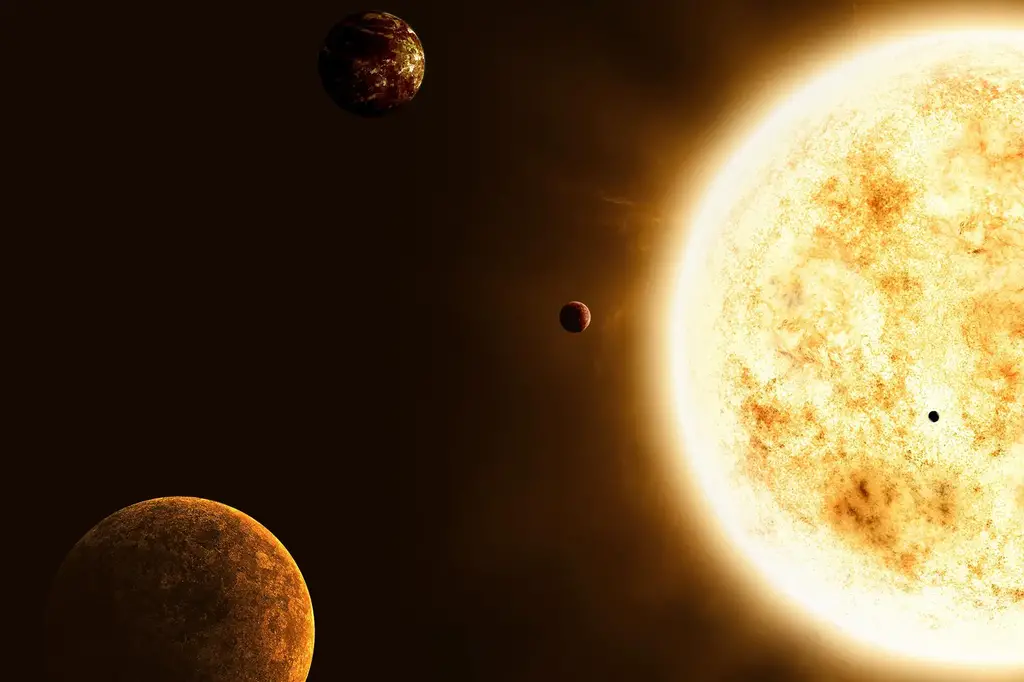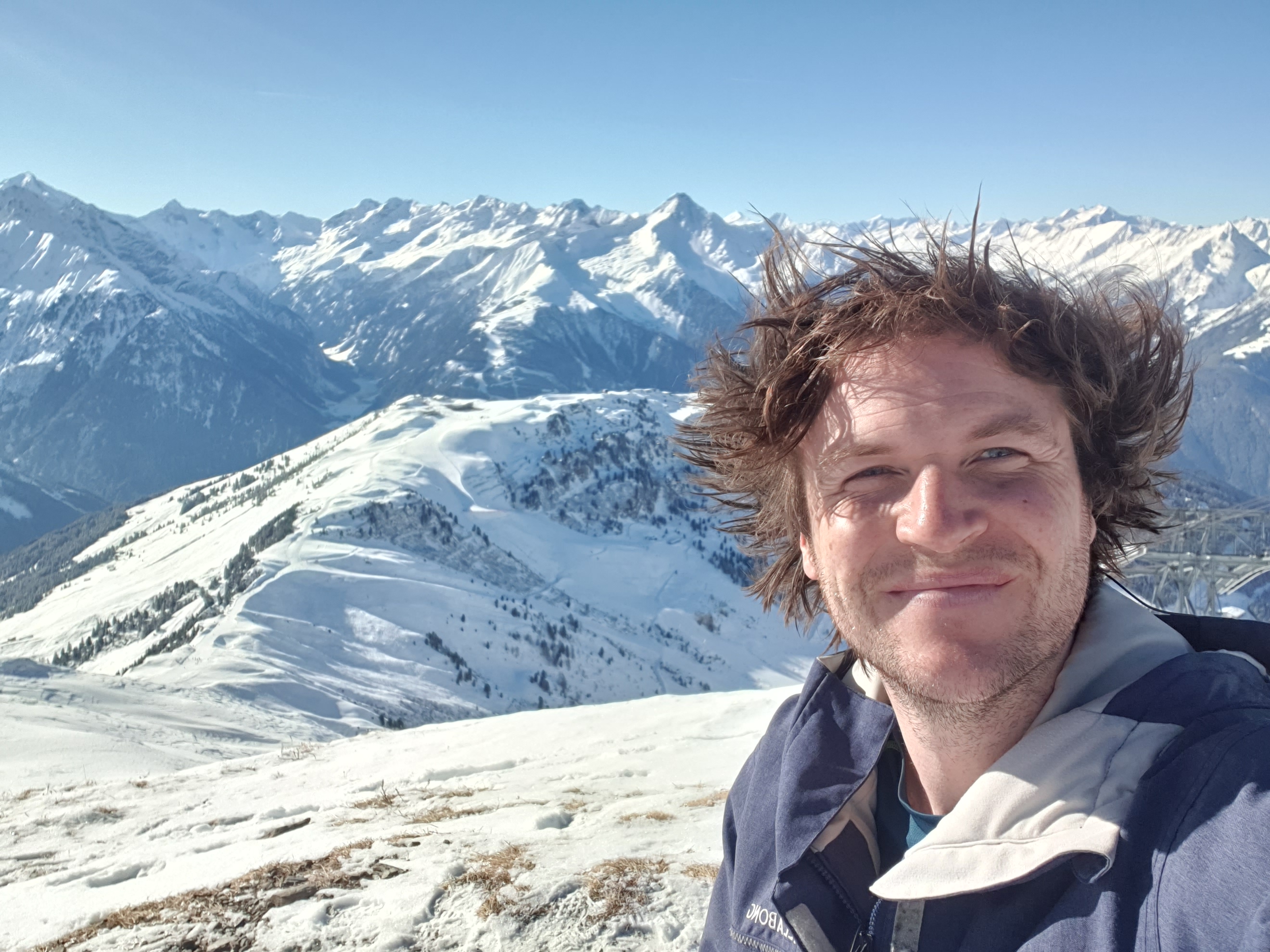

I am a 4th year PhD student working with Hannah Wakeford and Zoe Leinhardt at the University of Bristol, determined to uncover the secrets hidden within the atmospheres of distant planets in other solar systems. In particular, my research is focussed on modelling the properties of clouds and hazes that exist in the diverse range of atmospheres and exoplanets that we have detected.
Clouds can have a huge impact on the climate of a planet; on Earth, our water clouds reflect about 23% of the light that hits us, providing a signficant and measurable cooling effect. Other planets have clouds too, but they can be made of much more exotic chemical species than water, for example: glass, iron, molten rock and even rubies! These kinds of clouds can have extraordinarily different properties to water clouds, and so we need new models to accurately predict their effects on the atmosphere. My work is primarily dedicated to improving the way in which we model how the individual particles interact with the light that passes through (and reflects off) their atmospheres as they orbit their host star.
In particular, I have worked as a key developer of the virga cloud code, where I introduced a new functionality so that it can now model non-spherical particles, which will lead to much more accurate interpretations and pictures of the atmoshere in planets that we study. I also have worked on optimising and developing faster optical models of how non-spherical particles absorb and scatter light, and in turn how this affects transmission spectra. My research is important because most current analyses of exoplanet atmospheres assume aerosol particles are spherical, but we know that many of them are probably much more complicated morphologies -- for example, below are three real examples of aerosol particles that were captured on Earth (above Mexico City), which were scanned using a Tunnelling Electron Microscope by Kouji Adachi, Peter Buseck and Serena Chung in their (2010) paper here.
I am very grateful to Kouji, Peter and Serena for allowing me to use their scanned particle geometries in our first paper. They can be explored in 3D below (in particular, check out the awesome VR function)!
Below is a selected list of key publications from the PhD so far (in addition to multiple other co-authored papers) -- keep an eye out for more!
Paper 1: “Aerosols are not spherical cows: using discrete dipole approximation to model the properties of fractal particles” (2024) Lodge, M., Wakeford, H. and Leinhardt, Z., MNRAS, 527(4), pp.11113-11137.
Paper 2: “MANTA-Ray: Supercharging speeds for calculating the optical properties of fractal aggregates in the long-wavelength limit” (2024) Lodge, M., Wakeford, H. and Leinhardt, Z., MNRAS, 535(2), pp.1964-1978.
Paper 3: “The Effects of Cuboid Particle Scattering on Reflected Light Phase Curves: Insights from Laboratory Data and Theory” (2025) Hamill, C., Johnson, A., Lodge, M. Gao, P., Nag., R, Batalha, N., Christie, D., Wakeford, H., ApJ 987 176.
Paper 4: “Fractal Aggregate Aerosols in the Virga Cloud Code I: Model Description and Application to a Benchmark Cloudy Exoplanet” (2025), Moran, S., Lodge, M., Batalha, N., Vahidinia, S., Marley, M., Wakeford, H., Ohno K. and Leinhardt. Z., ApJ
Paper 5 (submitted): “Fractal Aggregate Aerosols in the Virga Cloud Code II: Exploring the Effects of Key Cloud Parameters in Warm Neptune, Hot Jupiter and Brown Dwarf Atmospheres” Lodge, M., Moran, S., Wakeford, H. and Leinhardt, Z., ApJ
As some personal information, I am most often found at the beach surfing or in the mountains snowboarding, and I have also recently learned to paraglide! I also love to SCUBA dive, and I have been lucky enough to spend time underwater filming whale sharks, humpback whales, dolphins, manta rays, nurse sharks, and seahorses.
In addition to my PhD role, I also hold the position of "widening participation tutor", where we invite disadvantaged students from local schools to visit the University for talks, as well as visiting schools and providing equipment that allows them to complete interesting, purpose-designed and engaging experiments. I also tutor foundation-year degree students, as well as undergraduates at the University of Bristol, and during the PhD I received four nominations for "Inspiring and Innovative Teacher of the Year" in 2023 and 2024, which I am very grateful for.
Prior to completing the PhD, I was a secondary school teacher for 10 years, and I maintain strong links with the schools and pupils that I used to teach, offering tuition for GCSE and A-level students, as well as volunteering with "Refugee Support Devon" where we provide free tutoring.
I am also very grateful to be the recipient of the Keith Burgess Scholarship, without which this research would not be possible.
If you have any questions at all about me or my research, please don't hesitate to get in touch and say hello!
